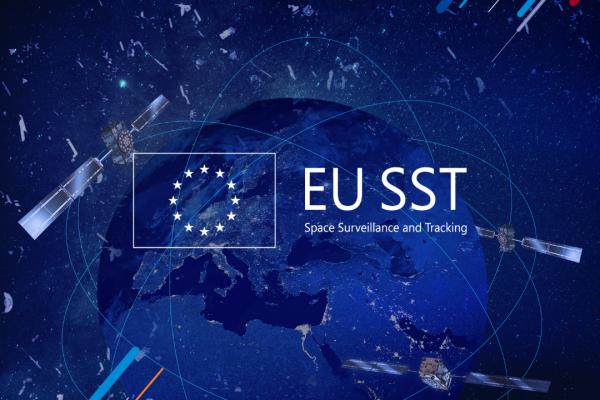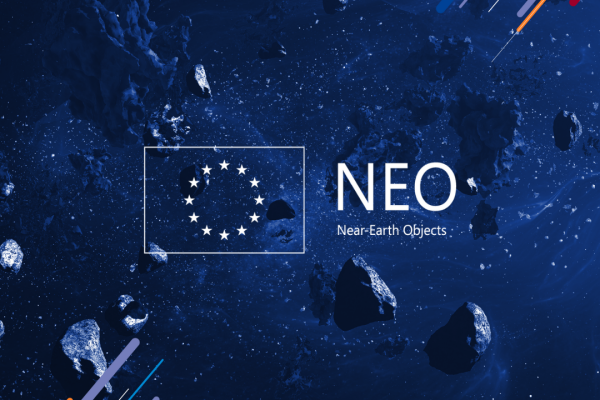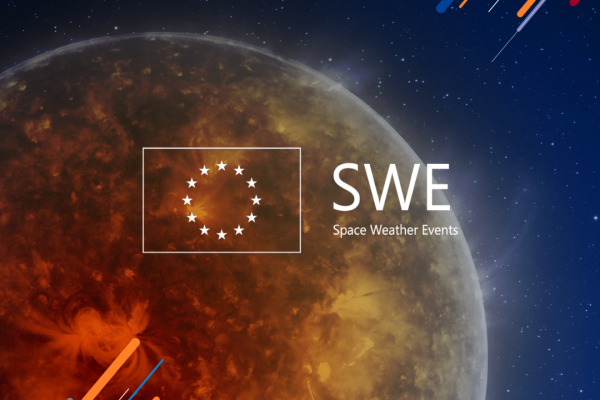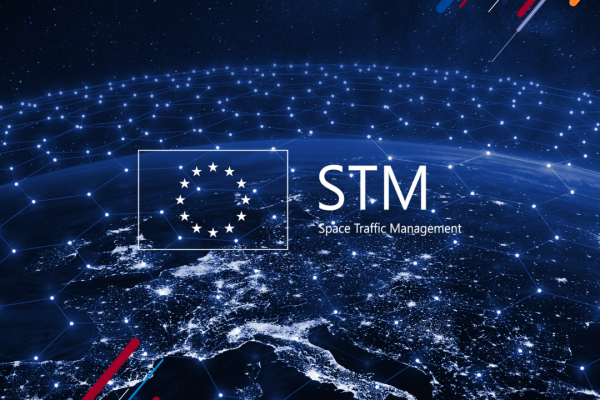Which areas does Space Situational Awareness (SSA) cover?
Space Situational Awareness (SSA) is an essential component of the EU Space Programme. By providing comprehensive knowledge and understanding about space hazards, SSA plays a key role in ensuring the safety and security of the European economies, societies and citizens who rely on space-based services for communication, navigation and observation applications. SSA covers three areas:
- Space Surveillance and Tracking (SST): A system of networked sensors to survey and track space objects, together with processing capabilities to provide data, information and services on objects that orbit the Earth. More than 190 organisations are receiving the SST services (Collision Avoidance, Re-entry Analysis and Fragmentation Analysis) through the EU SST Front Desk at EUSPA, and more than 400 satellites are safeguarded from the risk of collision.
- Near-Earth Objects (NEO): Capabilities to monitor the risk of natural space objects approaching the Earth, such as asteroids and comets. By promoting networking among Member States’ facilities and research centres, this subcomponent supports the development of a routine rapid response service that can characterize newly detected NEOs.
- Space Weather Events (SWE): The development of space weather models that result from the impact assessment of different scenarios based on new prediction capabilities leads to the establishment of a space weather service capable of identifying and addressing user needs.
Why does Europe need SSA?
More than 1 million pieces of space debris larger than 1 cm are orbiting the Earth. With 20,000 new satellites expected to be launched over the next decade, this number will increase – as too will the risk of collision in space. Such a collision could severely damage a satellite, or even destroy it, either of which would result in significant disruptions to services. To mitigate the risk of a collision between space assets – including Galileo, EGNOS, Copernicus and GOVSATCOM satellites – and other spacecraft and debris, in-orbit fragmentations and uncontrolled re-entries of space objects, the EU established the Space Surveillance and Tracking (EU SST) sub-component of the SSA Programme.
EU SST safeguards space assets, especially EU Space Programme satellites, along with the space assets of EU Member States and other space operators. It uses a network of ground-based sensors capable of surveying and tracking space objects and processing capabilities aimed at providing data, information and services on space objects orbiting the Earth. EU SST currently provides three services:
- Collision Avoidance (CA): Assesses risk of collision between satellites or between satellites and space debris and generates collision avoidance alerts.
- Re-entry Analysis (RE): Assesses risk of uncontrolled re-entry of space objects into the Earth’s atmosphere and generates related information.
- Fragmentation Analysis (FG): Detects and characterises in-orbit fragmentations, break-ups or collisions, and analyses all available information regarding the object(s) involved in the event.
More than 200 organisations currently receive these services, and more than 400 satellites are safeguarded from the risk of collision.





